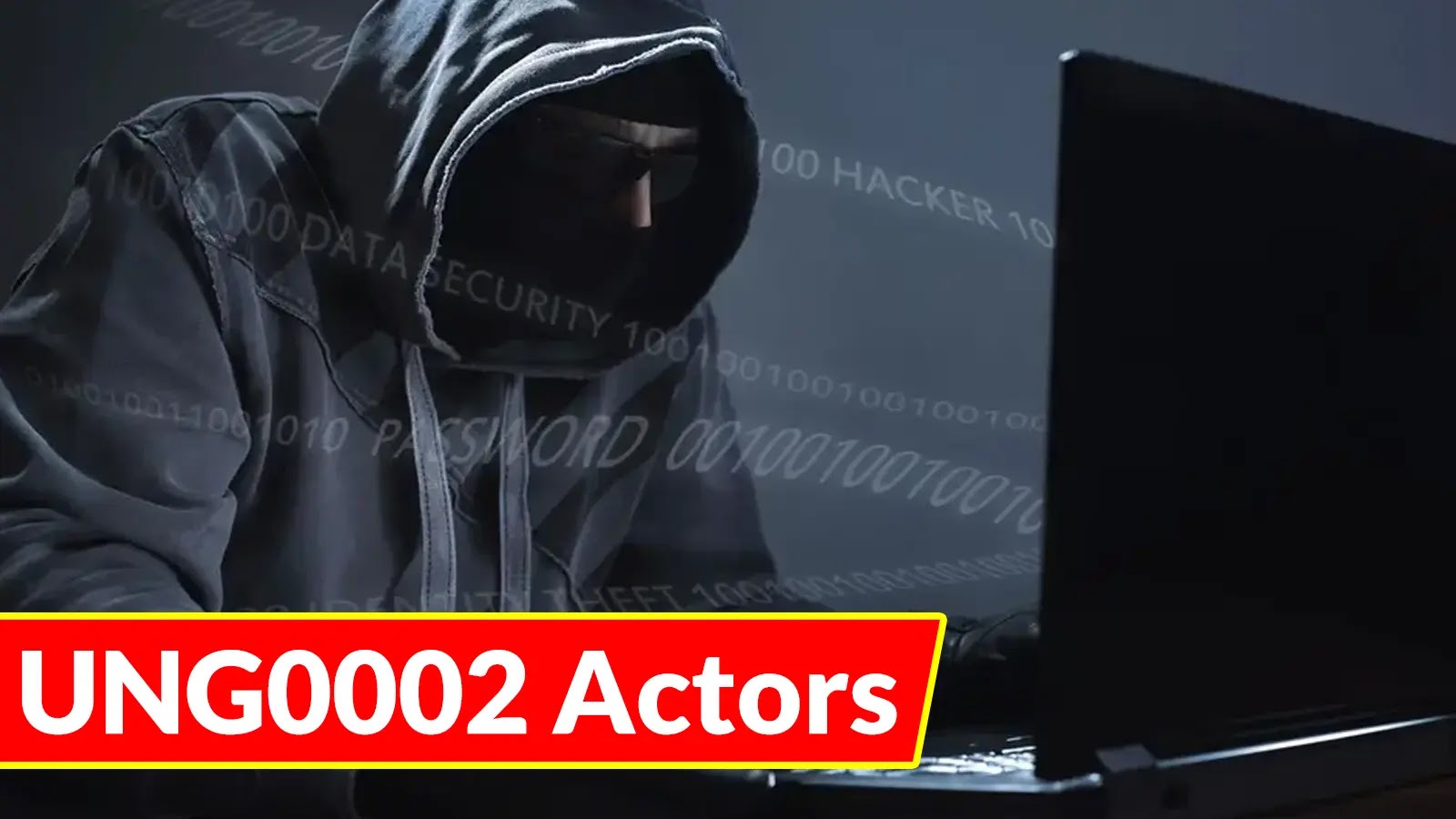
UNG0002 Actors Deploys Weaponize LNK Files Using ClickFix Fake CAPTCHA Verification Pages
Understanding UNG0002: A Persistent Espionage Threat
A sophisticated and persistent cyber espionage campaign, attributed to the threat actor designated UNG0002 (Unknown Group 0002), has surfaced, targeting high-value entities across multiple Asian jurisdictions, specifically China, Hong Kong, and Pakistan. This campaign leverages weaponized shortcut files (.LNK) and highly deceptive social engineering techniques, representing a significant and evolving threat to regional cybersecurity. Analysts have identified two distinct operational phases for UNG0002, spanning from May 2024, highlighting their continued technical evolution and a focused intent on intelligence gathering.
The Modus Operandi: Weaponized LNK Files and Deceptive Verification
UNG0002’s primary vector involves the deployment of weaponized LNK files. These seemingly innocuous shortcut files are meticulously crafted to bypass traditional security measures and initiate malicious payloads upon execution. The brilliance, or rather the malicious ingenuity, lies in their integration with social engineering. Victims are lured into interacting with these files through various pretexts, often involving urgent or sensitive topic themes.
A key element of UNG0002’s deception is the use of fake CAPTCHA verification pages, specifically leveraging a technique dubbed “ClickFix.” This involves presenting a convincing, yet entirely fraudulent, CAPTCHA challenge designed to trick users into performing an action that inadvertently triggers the malicious payload or grants unauthorized access. This layer of social engineering adds perceived legitimacy to the attack, increasing the likelihood of user interaction and bypassing immediate suspicion.
Phases of Operation and Technical Evolution
While specific technical details of the two observed phases remain under analysis, the identification of distinct operational periods indicates UNG0002’s adaptability and capability to refine their attack methodologies. This evolution could include:
- Changes in their LNK file obfuscation techniques.
- Variations in the command and control (C2) infrastructure.
- Updates to their second-stage payloads.
- Refinements in their social engineering lures and the “ClickFix” fake CAPTCHA implementation.
The continuous adaptation suggests a well-resourced and dedicated threat actor committed to achieving their espionage objectives.
Targeted Jurisdictions and Implications
The explicit targeting of China, Hong Kong, and Pakistan suggests a geopolitical motivation for UNG0002. High-value targets in these regions typically include government entities, critical infrastructure operators, research institutions, and defense contractors. The successful infiltration of such organizations could lead to:
- Exfiltration of sensitive state secrets and intellectual property.
- Disruption of critical services.
- Compromise of national security.
- Long-term covert access for future operations.
Remediation and Mitigation Actions
Defending against sophisticated threats like UNG0002 requires a multi-layered security approach. Organizations in targeted regions, and indeed globally, should implement the following:
- User Education and Awareness: Conduct regular, in-depth training on identifying social engineering tactics, especially those involving deceptive links, attachments, and suspicious CAPTCHA requests. Emphasize verification of sender identities and URL legitimacy.
- Endpoint Detection and Response (EDR): Deploy and meticulously monitor EDR solutions to detect anomalous process execution, file creation, and network connections that might indicate LNK file exploitation.
- Network Segmentation: Implement robust network segmentation to contain potential breaches and limit lateral movement by threat actors.
- Application Whitelisting: Restrict the execution of unauthorized applications and scripts. This can prevent malicious LNK files from launching unexpected binaries.
- Disable LNK Auto-Execution (where feasible): While not always practical in all environments, review and restrict LNK auto-execution policies where appropriate.
- Patch Management: Maintain a rigorous patch management program for all operating systems and applications to mitigate known vulnerabilities that adversaries might exploit for persistence or privilege escalation.
- Email Security Gateways: Utilize advanced email security solutions with robust attachment scanning, URL filtering, and Sandboxing capabilities to detect and block malicious LNK files and phishing attempts.
- Incident Response Plan: Develop and regularly exercise a comprehensive incident response plan to ensure rapid detection, containment, eradication, and recovery from successful attacks.
Relevant Security Tools
| Tool Name | Purpose | Link |
|---|---|---|
| Microsoft Defender for Endpoint | EDR and next-gen antivirus capabilities for Windows environments. | https://www.microsoft.com/en-us/security/business/threat-protection/microsoft-defender-for-endpoint |
| Palo Alto Networks Cortex XDR | Integrated EDR, network, and cloud security for threat prevention and detection. | https://www.paloaltonetworks.com/cortex/cortex-xdr |
| Proofpoint Email Security | Advanced email threat protection, including malicious attachment and URL filtering. | https://www.proofpoint.com/us/products/email-protection |
| Vectra AI (AI-driven NDR) | Network Detection and Response for identifying hidden threats and attacker behaviors. | https://www.vectra.ai/ |
Conclusion: Vigilance Against Evolving Threats
The UNG0002 campaign underscores the persistent and evolving nature of cyber espionage. The group’s blend of sophisticated technical methods, like weaponized LNK files, with highly effective social engineering, such as the “ClickFix” fake CAPTCHA, represents a significant challenge for cybersecurity professionals. Proactive defense through robust technical controls, comprehensive employee training, and continuous threat intelligence monitoring are paramount in mitigating the risks posed by such dedicated and adaptable adversaries. Remaining vigilant and understanding the detailed tactics, techniques, and procedures (TTPs) of groups like UNG0002 is crucial for maintaining a strong defensive posture in the intricate landscape of global cybersecurity.





